How Can I Identify and Fix Time Constraints During Project Planning?
Understand time constraints in projects and learn how to handle them effectively through real lessons and practical insights.
Every project I’ve managed has taught me one thing — time always feels shorter than it looks on the plan. You start with a clear schedule, confident that everything will fit, but soon tasks overlap, priorities shift, and deadlines begin to close in faster than expected.
In project management, time constraints are the limits that define how much you can actually do within a given timeframe. They often show up quietly — a fixed launch date, a limited team, or too many approvals slowing things down. Before you realize it, those small limits start controlling your entire project flow.
I used to see time constraints as something frustrating or unavoidable. But over time, I learned they can be managed, even used to make planning more realistic and focused. In this story, I’ll walk you through how I began to understand, identify, and handle project time constraints during planning and what lessons stuck with me along the way.
Understanding The Triple Constraints of Project Management
In project management, every plan revolves around three key elements — time, cost, and scope. These are often called the triple constraints of project management, and balancing them is the foundation of successful project delivery.
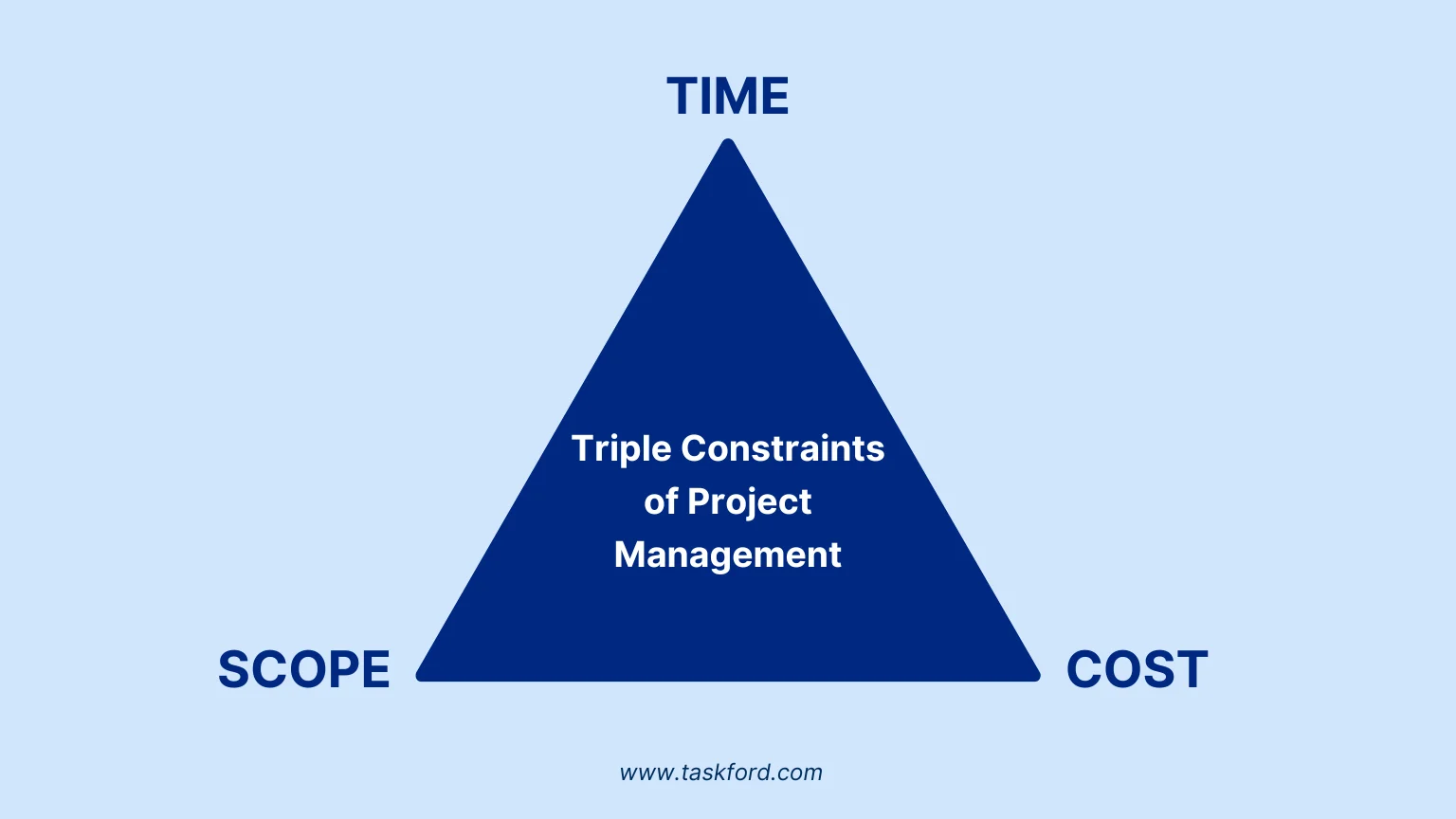
When one changes, the others are affected. For example, adding new features (scope) may require more time or a bigger budget. Cutting the budget might limit resources and slow down progress. And when the timeline tightens, something in scope in project management or quality usually needs to be adjusted.
Among these three, time constraints are often the hardest to manage. Time is fixed, and once it’s gone, it can’t be recovered. Deadlines, resource schedules, and task dependencies all revolve around it. If time isn’t planned carefully from the start, it can create a ripple effect that impacts cost, quality, and even team performance.
Understanding this balance early helps teams make better trade-offs — deciding what’s truly essential and where flexibility is possible. In the next section, we’ll take a closer look at what time constraints really mean in the context of project planning.
What are Time Constraints in Project Management?
In simple terms, time constraints are the limits on how long a project or task can take to be completed. They define the start and end points and everything that needs to happen in between.
Every project operates within some kind of time boundary. Sometimes it’s a fixed deadline, like a product launch date or client delivery. Other times, it’s a flexible schedule that depends on resource availability or other ongoing projects. No matter the situation, time constraints set the pace and determine how work is organized.
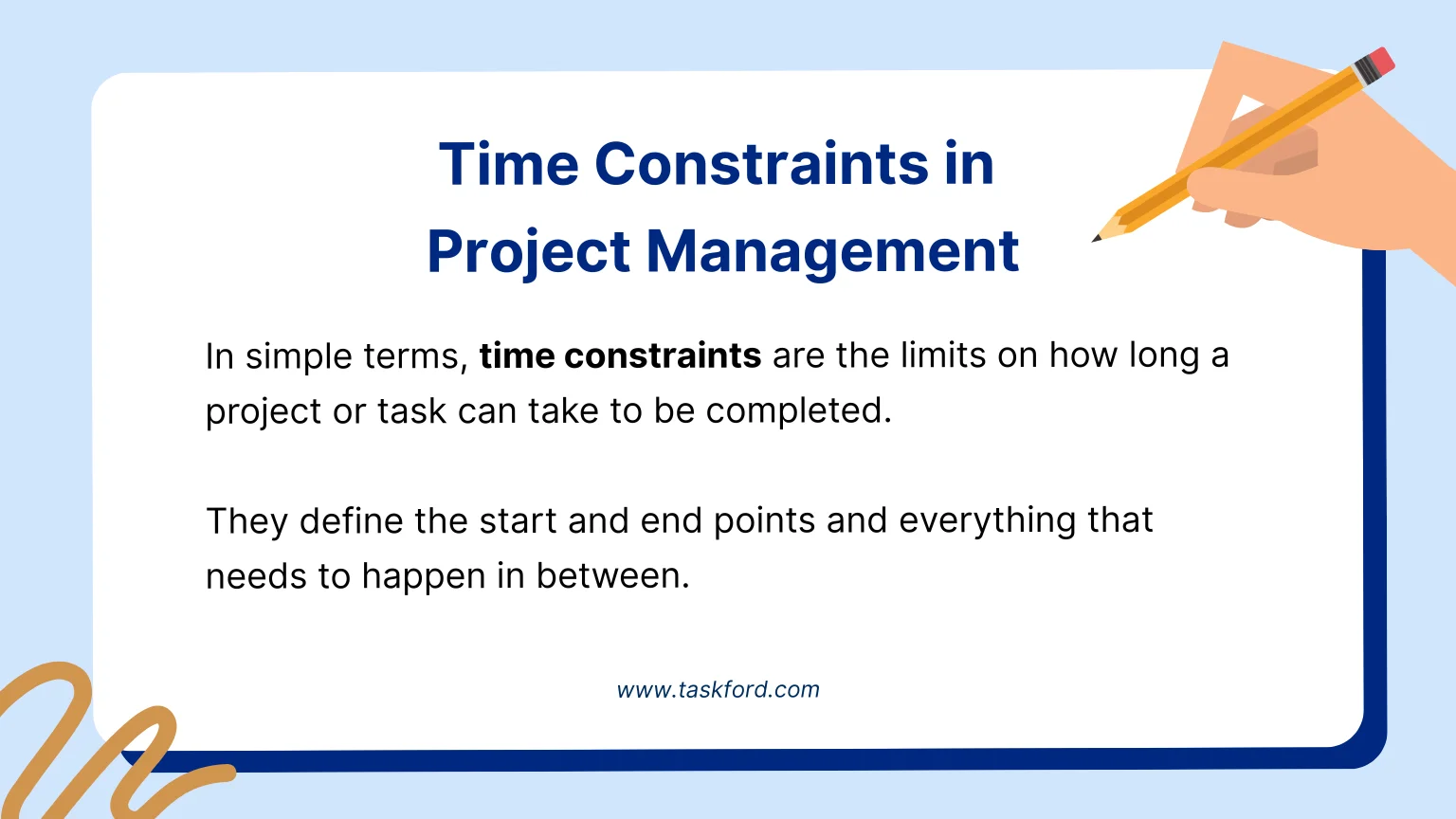
Time constraints go beyond simple deadlines; they influence the entire planning process. They shape task priorities, resource allocation, and how teams coordinate their work. When managed well, they help maintain focus and momentum. When ignored, they can cause delays, missed milestones, and stress across the team.
Ultimately, time constraints help project managers balance ambition with realism, making sure goals are achievable within the time available.
Why Time Constraints Matter More Than We Realize
It’s easy to think of time constraints as just another part of the project plan — a few dates on a timeline or a delivery countdown. But in reality, they shape almost every decision a project team makes.
Time affects everything: how resources are scheduled, how risks are managed, and even how motivated a team feels. When time is tight, teams often rush tasks, skip reviews, or cut scope to stay on track. On the other hand, when schedules are realistic and well-structured, teams work with more focus, confidence, and less stress.
Ignoring time constraints early in the planning stage can create a domino effect. A single overlooked dependency or an underestimated task can quickly lead to missed milestones, budget overruns, or lowered quality. Once that happens, fixing the schedule usually means sacrificing something else — cost, scope, or even morale.
That’s why managing time isn’t just about staying on schedule. It’s about creating space for quality work, clear communication, and steady progress. When project managers treat project time constraints as a core part of planning, not an afterthought, projects run smoothly, and teams perform better.
Common Types of Time Constraints in Projects
Not all project deadlines are the same. Some come from external requirements, while others are shaped by internal factors like resources or dependencies. Understanding these differences helps you plan more accurately and adapt when schedules tighten.
Here are the most common types of time constraints you’ll likely face during a project:
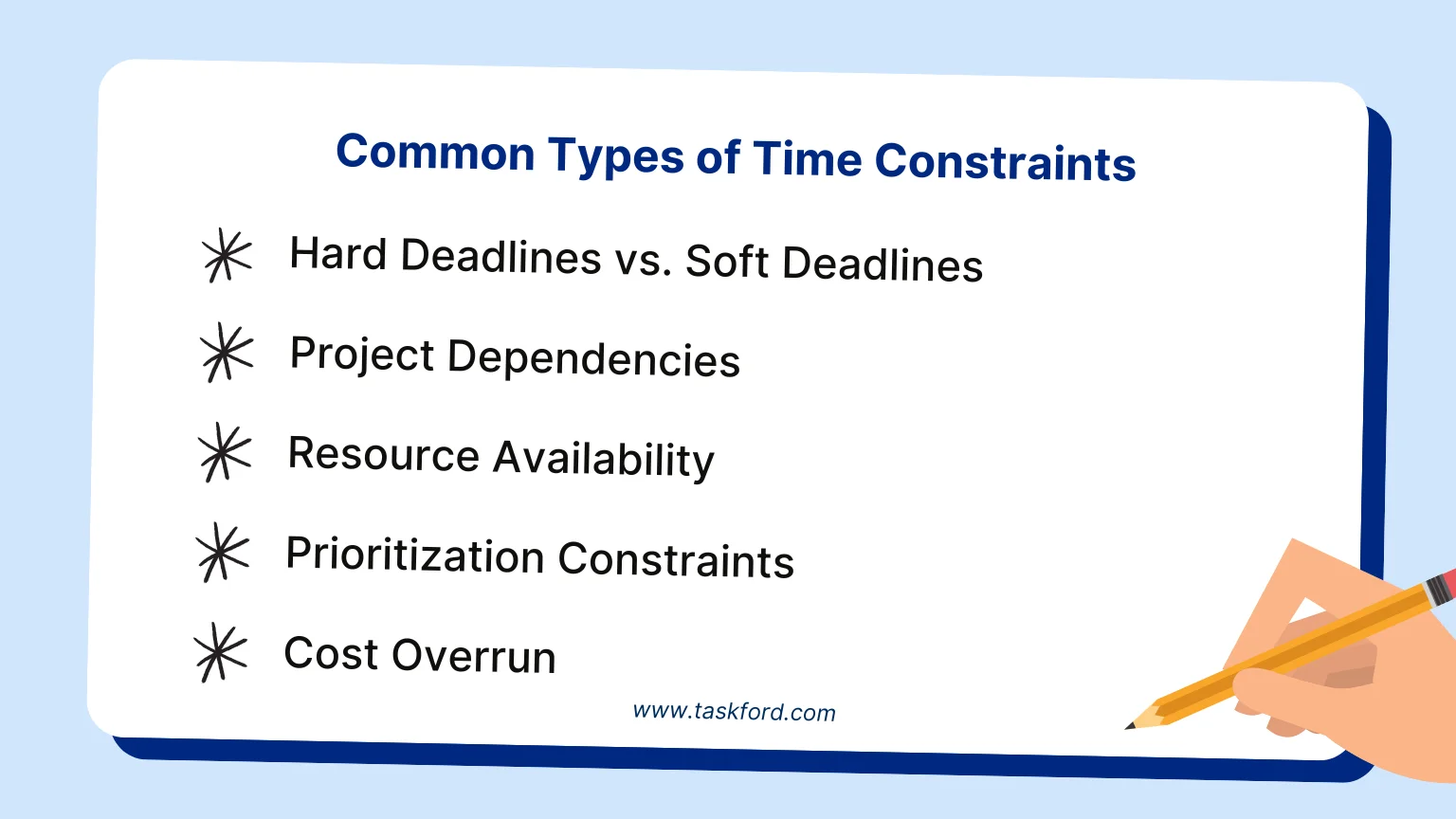 ,
,
1. Hard Deadlines vs. Soft Deadlines
- Hard deadlines are fixed dates that cannot be moved, such as a product launch, a campaign release, or a client delivery. If you miss them, the impact can be serious, such as losing customer trust or missing revenue targets.
- Soft deadlines, however, are more flexible. These are internal targets, for example, finishing a draft by Friday or testing before the end of the week. They help teams stay on track but can shift slightly if priorities or resources change.
2. Project Dependencies
Most projects have tasks that rely on others to be completed first. These project dependencies naturally create timing limits. If one step takes longer than expected, everything that follows gets pushed back, too. The more teams or departments involved, the higher the risk of delays spreading across the schedule.
Example: A one-week delay in design approval could push the entire product launch by a week or more.
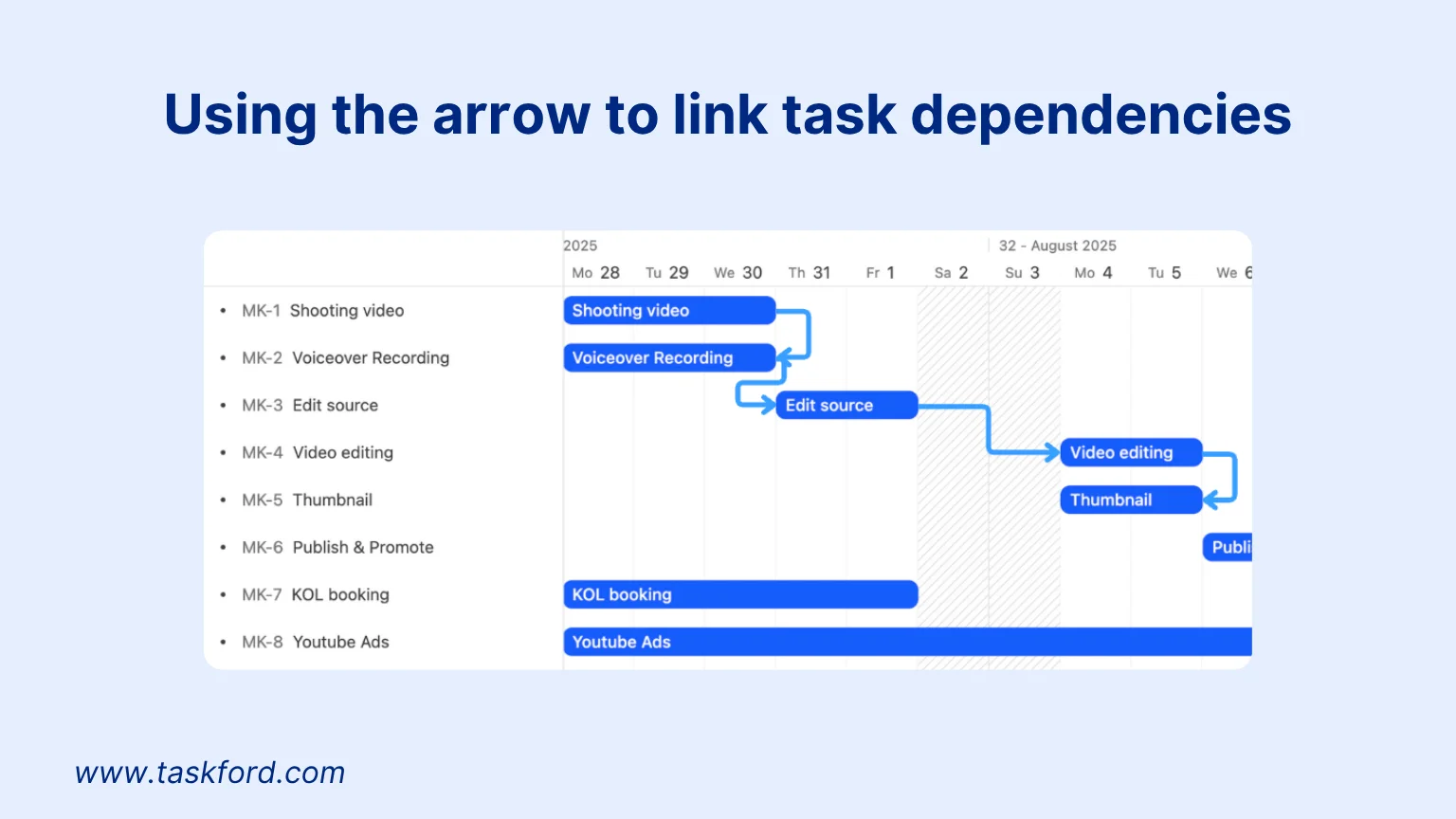
3. Resource Availability
Projects don’t run on plans alone; they run on people. When key team members or tools aren’t available at the right time, progress slows down. This often happens when individuals are assigned to multiple projects or when specialized skills are limited.
4. Prioritization Constraints
Even well-organized teams face limits when priorities compete. When everyone is juggling multiple goals, time often gets split between projects, and focus becomes scattered. Without clear direction on what comes first, progress slows and deadlines slip.
5. Cost Overrun
Time and cost are closely linked. When a project runs longer than expected, expenses naturally rise, from extended labor hours to delayed launches. Once the budget tightens, it can create new time pressure to deliver faster or cut scope. Keeping cost and time aligned from the start helps avoid this cycle and keeps the project on track.
How I Learned to Identify Time Constraints Early
One thing I’ve learned about project planning is that time issues rarely happen overnight; they build up quietly from small oversights. Over time, I’ve developed a few simple habits to spot them before they turn into bigger problems.
1. Compare the Scope With Team Capacity
It’s easy to overpromise during kickoff. Before finalizing the plan, I look at what the team can realistically deliver within the timeline. If ten tasks require the same designer, I spread them out instead of stacking them in one sprint. A few hours spent checking workloads early saves days of chaos later.
2. Map Dependencies Early
I’ve learned that most schedule issues start with hidden dependencies. Creating a simple Gantt chart or flow diagram helps reveal where tasks overlap or rely on each other.
For example, if testing depends on design approval, even a one-day delay in design affects the entire schedule. Seeing these links upfront helps prevent nasty surprises.
3. Confirm Resource Availability
I no longer assume everyone is fully available. Before setting key dates, I confirm who’s on vacation, who’s supporting other projects, and how much time they can actually dedicate. Real availability often looks very different from what’s on paper, and adjusting for that early keeps things on track.
4. Clarify Deadlines and Expectations
Not every deadline carries the same weight. Some are truly fixed, such as a product launch, while others are flexible internal targets. Asking simple questions like “What happens if we miss this date?” helps me understand whether to plan buffer time or treat it as a hard stop.
5. Add Buffer Time for the Unknowns
Projects rarely go exactly as planned. Feedback cycles, technical issues, or approval delays can all stretch timelines. Thus, building small buffers into high-risk or uncertain tasks provides breathing room without affecting the final delivery date.
How to Deal With Time Constraints (What Actually Works)
Even with the best planning, time pressure eventually shows up. A client changes direction, feedback takes longer, or a key team member becomes unavailable. When that happens, staying calm and focused makes all the difference.
Here are a few practical ways to manage time constraints once they appear:
1. Go Back to the Project Plan
When things start slipping, the first instinct is to rush, but that usually creates more confusion. It’s better to pause and look back at the project plan. Check if the sequence of work still makes sense.
Example: In one campaign, we realized the design was waiting for content that hadn’t even started. A quick reshuffle, creating placeholders while content was drafted, saved three days.
Revisiting the plan helps you spot gaps, adjust dependencies, and realign everyone before the delay grows.
2. Prioritize Tasks Ruthlessly
When time is tight, trying to do everything only makes things worse. Start by separating the “must-have” tasks from the “nice-to-have” ones. A quick way to do this is by using the MoSCoW method:
- Must-have: Core tasks required to deliver the project.
- Should-have: Important but not essential.
- Could-have: Adds value if time allows.
- Won’t-have (for now): Can be pushed to a future phase.
Example: For a product release, shipping the main feature matters more than adding a new animation or redesigning icons.
This approach helps focus limited time on what creates the most impact — not what simply fills the to-do list.
3. Recheck Time Estimates — Be Honest About What’s Possible
Many time issues come from over-optimism. It’s easy to underestimate how long tasks really take, especially when feedback or testing is involved. When schedules get tight, re-estimate key tasks based on current progress — not the original plan.
Example: If testing was planned for two days but always takes four, reset expectations instead of hoping for a miracle.
Realistic time estimation keeps your plan believable and avoids late surprises.
4. Communicate Early and Focus on Solutions
It’s tempting to hold off on sharing bad news, but that usually backfires. The earlier you communicate a risk, the easier it is to fix.
When you raise a time issue, bring possible solutions too — such as adjusting scope, shifting a milestone, or reallocating help.
5. Adjust Resources and Simplify Processes
Sometimes, the fastest way to recover time isn’t by working harder — it’s by working smarter. Check if tasks can be reassigned, combined, or simplified.
- Can another team member step in to handle small tasks?
- Can approval steps be shortened temporarily?
- Can automation or templates replace manual work?
6. Focus on the Critical Path
The critical path method is the sequence of tasks that directly affects your delivery date. If any of these tasks are delayed, the entire project gets pushed back. Identifying them helps prioritize team effort. If time is short, work on these first.
Example: In a website launch, completing development and QA is on the critical path. Updating image sizes isn’t — so focus where the delay truly matters.
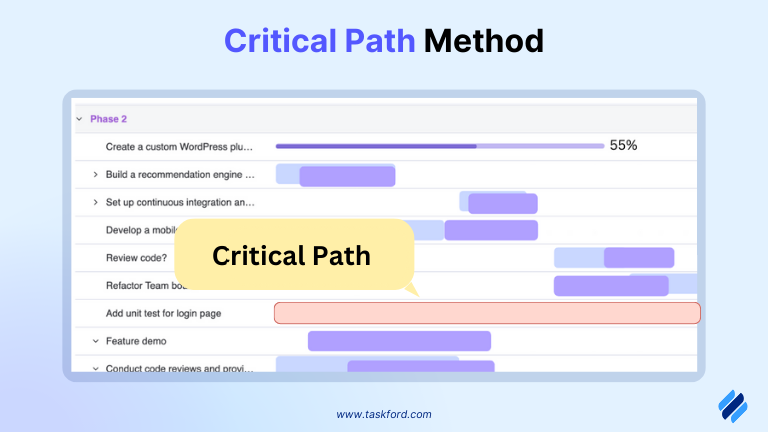
7. Use Buffer Time Intentionally
Buffer time isn’t wasted time; it’s protection for your schedule. It gives teams space to handle small delays, revisions, or unexpected issues without affecting the final delivery.
Plan buffers where risks are highest, like after design handoff, testing, or client review. Even one or two extra days in the right place can save an entire timeline.
Example: During a campaign launch, a one-day buffer before release absorbed last-minute feedback and kept the project on track.
Use buffer time only when needed, not as “free time” to add more work. When used intentionally, it keeps projects calm and prevents small problems from turning into full delays.
8. Reflect and Improve for the Next Project
Once a project wraps up, take time to look back before moving on. Every project, especially those that struggled with time constraints, offers lessons worth noting.
Review what caused the most pressure:
- Were the time estimates too optimistic?
- Did task dependencies create hidden delays?
- Were priorities unclear or shifting mid-project?
Discuss these points openly with the team while the experience is still fresh. Even a short 15-minute retrospective helps identify what to repeat and what to fix next time.
What I Learned from That Stuck
After a few projects that didn’t go as planned, I realized project time constraints never disappear; they just need better handling. Here’s what experience taught me about managing them:
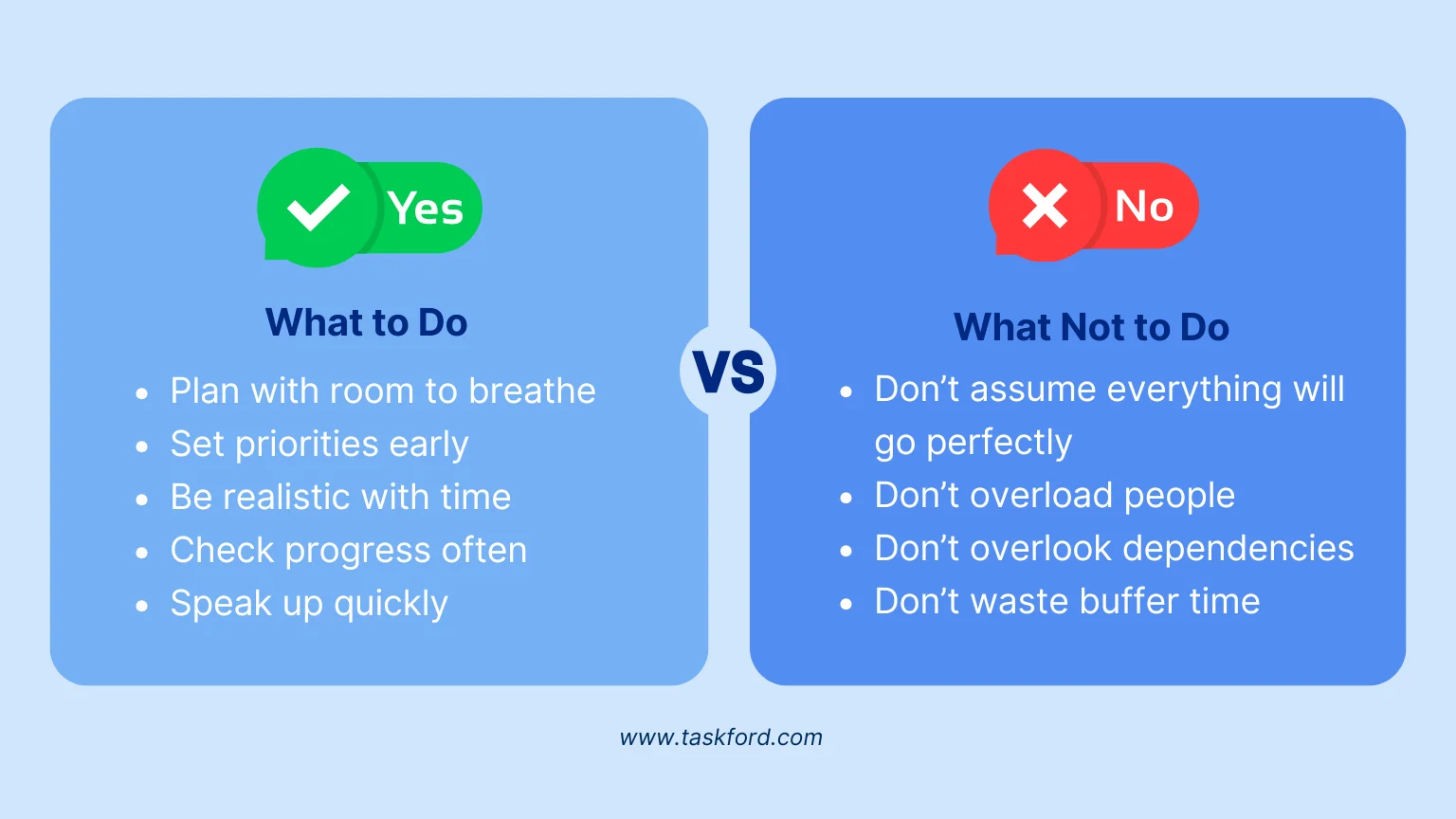
What to Do:
- Plan with room to breathe – A schedule that looks perfect on paper rarely works in reality. I’ve learned to leave space for changes, reviews, and slow approvals.
- Set priorities early – When everything feels urgent, I focus on what truly drives the project forward and save the rest for later.
- Be realistic with time – Estimating based on experience, not best-case scenarios, saves a lot of stress later.
- Check progress often – Small delays are easier to fix early. Regular reviews help me see if the team is on track or needs support.
- Speak up quickly. I’ve learned it’s better to raise timing issues early, even if the news isn’t great. Open communication usually leads to better solutions.
What Not to Do:
- Don’t assume everything will go perfectly – It never does, and that’s okay. Plan for real life, not ideal timelines.
- Don’t overload people – When the team is stretched too thin, even simple tasks take longer.
- Don’t overlook dependencies – A single blocked task can hold up the entire project.
- Don’t waste buffer time – It’s there for protection, not for squeezing in extra work.
Final Thoughts
Time constraints will always challenge even the best project plans, but they don’t have to control the outcome. With the right mindset and approach, they can actually improve how teams plan, collaborate, and deliver.
When projects are built on realistic timelines, clear priorities, and open communication, time becomes less of a stress factor and more of a guide. Each challenge teaches something – how to plan smarter, estimate better, and adapt faster next time.
Making work simpler,
smarter, and more connected
Join our waitlist and be notified first.

Related Blog
Subscribe for Expert Tips
Unlock expert insights and stay ahead with TaskFord. Sign up now to receive valuable tips, strategies, and updates directly in your inbox.



